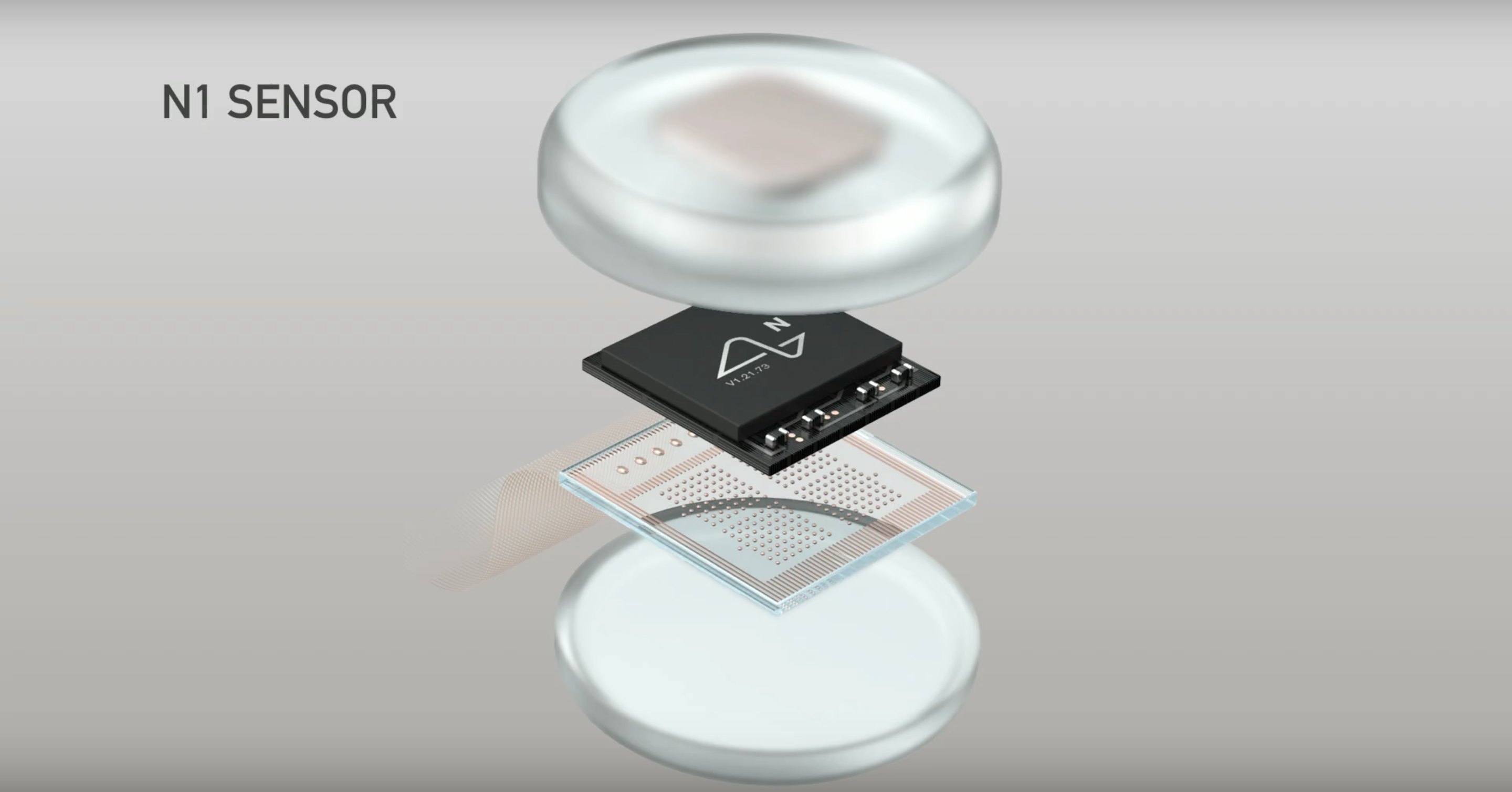
Clinical surgeries are one of the arduous tasks, not only in a medical professional’s life but in a patient’s life as well. Even a minute negligence in a surgery can lead to a severe impact on the patient. Have you ever thought of using a brain machine interface instead of a human to treat you? The treatment with that same accuracy and more speed, wouldn’t be less than a boon. This is no longer a dream but a reality. N1 sensor is a step closer towards enhancement of brain machine interface interaction within the body.
Just imagine you can control your brain for all the actions performed. Wouldn’t it be a blessing for the ones either having a neural or a muscular disorder. The ones those who couldn’t walk earlier can now walk and control their actions on their will. A blessing indeed!
QUES 1. WHY DO WE NEED NEURALINK SENSOR?
Studies show that the chances of brain diseases doubles if someone survived cancer or any other kind of spinal disorder. The disease not only being linked to the person but triggers for close relatives too. Neuralink sensors control neural and muscular actions with just a click on your phone. It proves as a boon for the patients.
A chip is inserted, which has the sensors, controlled by a neuro-physician. It serves as the connection between the neurons and the muscles. Surprised? Let’s see what exactly happens.

QUES 2. WHAT IS EXACTLY THE PROCESS THAT IS OCCURING USING A BMI?
Being well aware about the neurons as the message receivers and the synapses being the message bridge between the second neuron with the help of a neurotransmitter, generating an action potential. N1 is the union of AI with biology creating a global trend shift. The basic idea revolves around recording and stimulating the neurons across the brain by creating a virtual human interface.
BMI, in most general sense, is knowing the information stored in the spiked ends of the neuron generating action potential.
QUES 3. WHAT MAKES N1 UNIQUE?
- N1 sensor is capable of 1000 electrodes, all read android enabling the brain simulation easier and faster.
- Includes threads that are as small as 1/10 of a human hair simulating the size of a neuron, increasing the chances of crossing the blood-brain barrier.
- Robots insert the threads one at a time. Taking care of any vasculature rupture.
- Generating action potentials for simulation. It has an understanding of all the tissues, vessel, neurotic synapse and more, giving the best location for the chip placement within brain.
- N1 sensor is of about 8mm diameter having 1024 electrodes, having thin film and hematic substrate.
- Has a practical bandwidth.
- User-friendly in nature. You need not to visit a doctor every week.
- Configuration done through an I-Phone app.
- Thin-film polymer leads are used to minimize chances of brain rejection and also to enhance the efficiency of the surgery.

QUES 4. WHAT IS THE PROCEDURE FOR CHIP INSERTION?
- The procedure involves a 2mm incision, in which the robot places the threads up to a depth of 8 mm. The chip being wireless is placed within the head. The non-puncture nature promotes the idea of a non-incisional surgery leaving behind no stitches.
- Implantation of N1 involves implantation of 4 sensors; 3 in motor, 1 in somato-sensory area connected through very thin wires attached under the scalp through the link which is connected to the battery. The battery is taken off as soon as the implant shuts off.
- With just a click, patient having a neural disorder can control his movements through his/her own phone.
QUES 5. IS N1 SAFE?
Safety is the very first concern at the neuro link. The basic mindset lies behind the notion that if we were at their place, would we use one. This was from where the idea of using micro threads established, making it the safest of the safe procedures used in neurological science.
Using a robot to insert the electrodes in the cortex as per the instructions of the surgeon makes it a more safer procedure. Thus, reducing chances of graft rejection.
The robot used not only works on the physician’s instructions but also tracks the heartbeats that cause the rhythmic movement in the brain, further reducing the chances of cortical disorder while insertion of the chip. Accuracy and repeatability are the key here.
QUES 6. HOW IS N1 DIFFERENT FROM THE TRADITIONAL SURGERIES?
A traditional neurosurgery is never a happy option except of the dire circumstances. The procedure used is attaching a clamp to the cortex, shaving most of the hair leaving them with a scar throughout their lives. The impact of anesthesia is next major issue.
N1 uses the puncture in the cortex for the sensor having the thread which needs to be introduced. An incision near the ear serves the purpose of coil insertion. That’s it! No need of long hospital stays or deep incisions in the cortical or the neuro-cortical area.
QUES 7. HOW IS N1 COMPATIBLE FOR A LIFETIME?
- The device is of biocompatible material to reduce graft rejection.
- Stimulation friendly nature of chip and the probe used.
- Has an airtight packaging so as to protect the device from bodily environment leading to chances of failure.
- Scalable nature of the neuro transmitting device used.
- Probes miniaturized and monolithic thin film substrate.
QUES 8. HOW THE TRANSMISSIONS FLOW INTO AND FROM THE BRAIN?
- Amplification, digitalization and filteration of neural signals, serving the purpose of BMI amplification.
- 1024 analog pixels enables conversion of analog to digital with the necessary amplification done keeping the noise caused the minimum.
- The detection is done on-chip spike. The spike received by the chip is analysed on spot .
N1 not only is a machine that would fascinate you but a revolution that connects the AI with the neuroscience. It enables us to cure the diseases that earlier were incurable.

